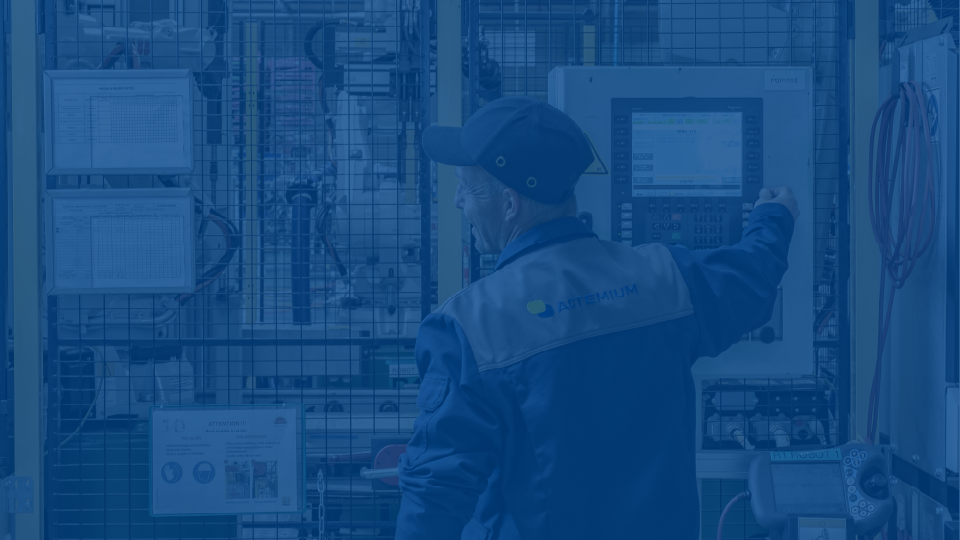Stories

-
Actemium at the “Barrage de poses” maneuver!
Voies Navigables de France has undertaken the renovation of the "barrage des poses", the largest of the seven structures on La Seine between Le Havre and Paris.
Read more -
A green transition in industry: Actemium contributes to lower-carbon renewal energy production
Actemium Automation Yorkshire in Huddersfield was chosen to automate the control system for a power generating station’s biomass transfer and storage processes.
Read more -
Better logistics for better customer service!
Defibrion, a specialist in industrial first aid, imports automated external defibrillators (AEDs) for the Benelux and France. Moreover, it also provides a wide range of products, services, and advice for emergency interventions.
Read more -
Hamat, ready for the future with the Actemium WMS!
Hamat is a wholesaler and producer of door mats that supplies customers in more than 50 countries worldwide. Allard Peursum, operational director at Hamat, states “When I started at Hamat, I noticed that our Warehouse Management System (WMS) contained a lot of customization. Too much, if you ask me.”
Read more -
Boosting industry through technology!
Actemium Bilbao has been working with the Basque railway network Euskal Trenbide Sarea (ETS) on the updated version of a solution developed since 2011.
Read more -
How can Artificial Intelligence improve alarm management?
Actemium's client wanted to centralize information like different alarm solutions and viewing methods that were dispersed through several platforms. So the client designed a concept of a disruptive platform to manage Centralized Alerts and Notifications (CAN) to standardize, consolidate and streamline all the scattered information and eliminate stand-alone alarm systems.
Read more -
A green transition in Industry: No more harmful emissions in ports!
Onshore Power Supply (OPS) is an Actemium Swedish-made solution for electrical shore power connections of vessels with more than 20 references in the past 10 years.
Read more -
Actemium industrializes hydrogen!
Actemium in France is supporting GENVIA, located in Béziers, on its project to industrialize electrolyzers to produce carbon-free hydrogen. Its objective is to deploy the CEA's high-temperature electrolysis technology on an industrial scale, with a high yield in terms of gross calorific value (GCV).
Read more -
What is the innovation behind this mining Power Truck?
Actemium Brasil supplied an E-House Mobile Substation, called Power Truck that consists of a 34.5kV medium voltage panel, an oil-filled power transformer, 480V low voltage distribution panels, and an automation rack to Vale for the Serra Leste project in Carajás.
Read more -
Actemium delivers Onshore Power Supply in hazardous area (ATEX)
Seaports are handling a huge range of different ship types every day. Powering ferries, container-, bulk- or cruise- ships with energy from the grid, is meanwhile an everyday standard business. But what about tank carriers, with an explosive environment?
Read more
